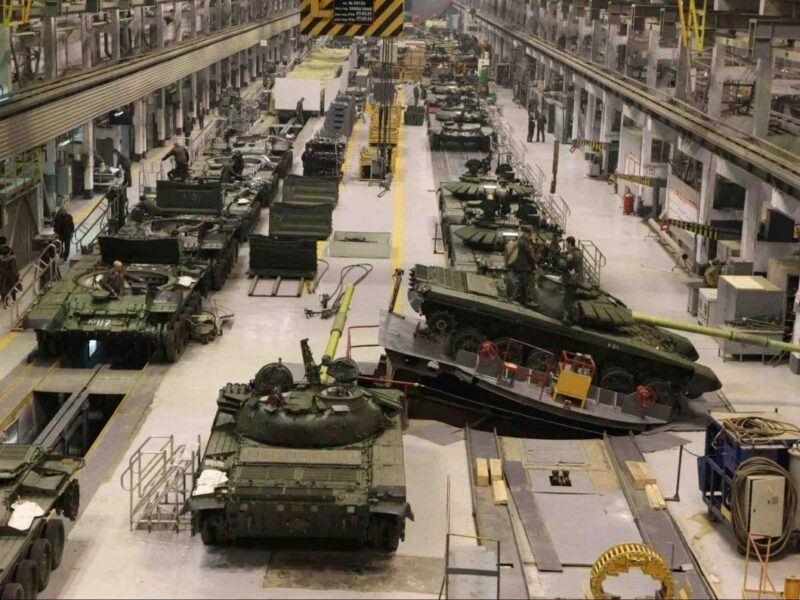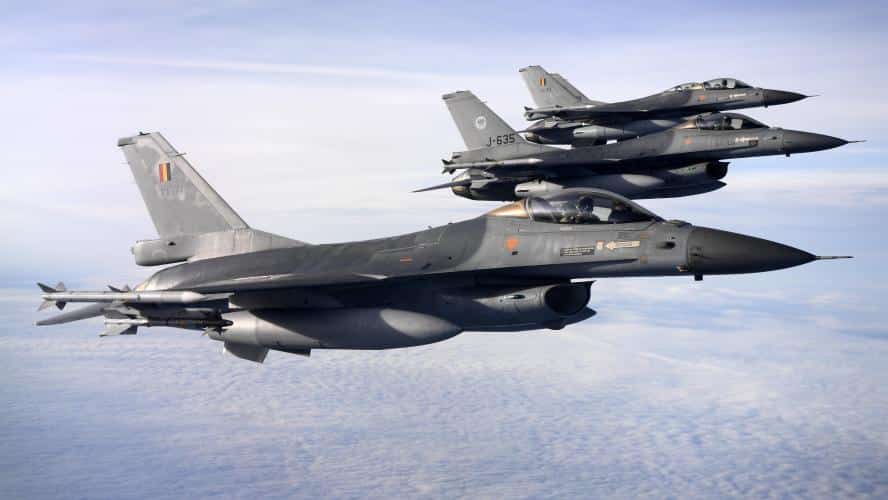While the first effects of the new Russian strategy are being felt, Kyiv could be tempted to aim for the extension of the conflict to respond to the irresistible rise in power of the Russian armies in the months to come.
Whether on social networks or on continuous news channels, Western public opinion, particularly in Europe, has been inundated since mid-summer, and until a few weeks ago, with the certainty of an early and rapid victory for Ukraine, building on the very real successes of its armies up to October, and on growing support from Western nations that have been more ready over time to provide military aid to Kyiv.
However, at the same time, profound changes have taken place in Russia, changes which today are beginning to radically change the face of this conflict. Indeed, if during the first 6 months of combat, the Russian strategy was based on a tactical engagement of an expeditionary force which it thought was sized to defeat Ukraine, from August onwards, the Russian authorities began to shift towards a strategic conflict, relying no longer on the forces deployed, but on all the forces in the country.
This strategy resulted in some spectacular decisions, such as an initial mobilization of 300.000 men and the extension of conscription coverage. Above all, it made it possible to remobilize and reorganize the industrial chains, so as not only to make up for the absence of certain Western components by turning to Beijing and Hong Kong, but also to produce at a much faster rate than previously certain critical equipment such as heavy tracked armor, artillery systems or long-range missiles.
The consequences of the new Russian strategy on the conflict in Ukraine
As we have already discussed, this industrial shift operated by Moscow has radically changed the strategic equation of the conflict in Ukraine, to the point that even if Kyiv were to receive the requested armor and equipment, Russian military success, in the long term, is now more than likely.

Indeed, while Russia is now organized to absorb losses and shocks, the means available to Ukraine are, for their part, one could not be more uncertain in the long term. On the one hand, in the absence of high-capacity industrial production capabilities, European countries will only be able to transfer a limited number of armored vehicles and tanks to Ukraine, and beyond a certain threshold that the 'one can think around 400 modern heavy tanks, this support will dry up by itself.
In addition, in Europe, but especially in the United States, the upcoming elections represent so many direct threats to support for Ukraine, especially since by increasing pressure on governments to obtain more support, Kyiv is fueling the speech of many radical political parties more inclined to neutrality, even to a concealed complacency vis-à-vis Moscow and Vladimir Putin. Finally, Ukraine does not have sufficient human resources to last indefinitely against Russia, the latter effectively mobilizing its entire population in this effort.

The rest of this article is for subscribers only
The Classic subscriptions provide access to
all articles without advertising, starting at € 1,99.
Newsletter subscription
Register for the Meta-Defense Newsletter to receive the
latest fashion articles daily or weekly


[…] Faced with the new Russian strategy, is Ukraine aiming to extend the conflict? […]
[…] 2000 as F-16, is for the time being considered out of the question by Washington, probably for questions of risk of escalation on the part of Moscow, whether in Ukraine by the increase in strikes against the targets civilians, or out of […]
[…] […]